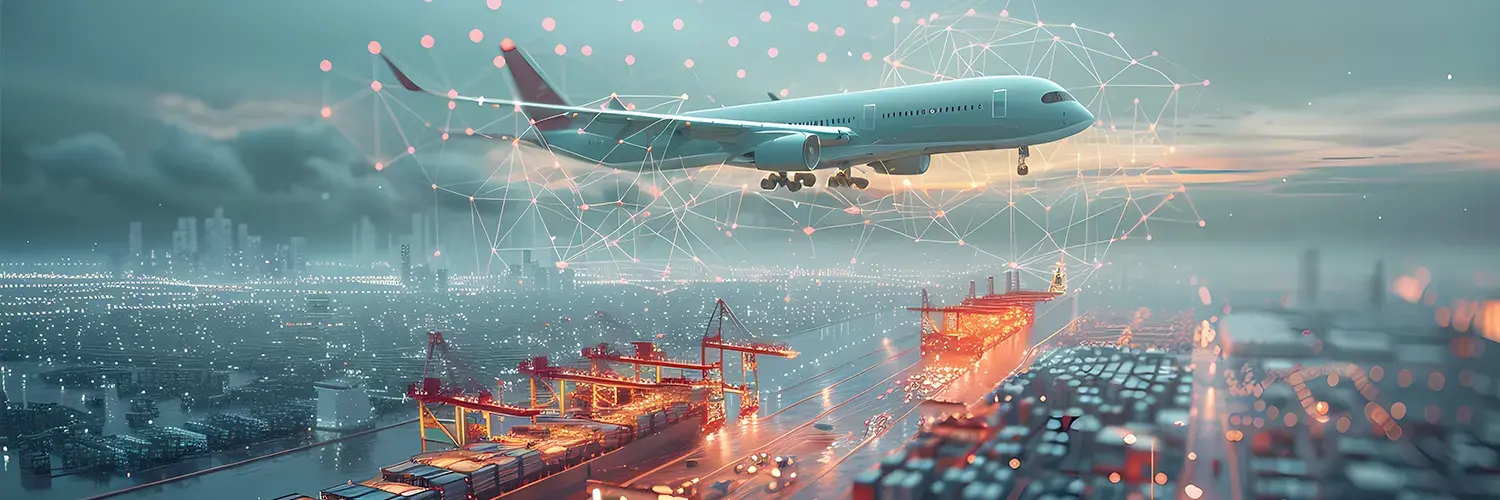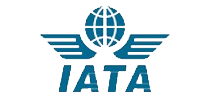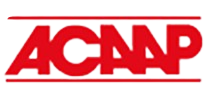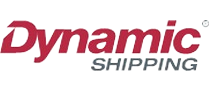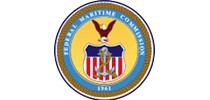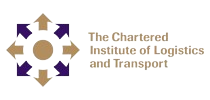Digital Trade Compliance in 2025 Smarter Import/Export Processes
As global supply chains become more complex, businesses are being held to higher standards. In 2025, regulatory frameworks have evolved rapidly, making digital trade compliance not just a best practice but a competitive necessity. For companies engaged in cross-border logistics, smarter systems now drive faster, more accurate, and more transparent import/export operations.
How Digital Trade Compliance Is Evolving with New Regulatory Demands
Governments worldwide are introducing more aggressive trade policies, ethical sourcing mandates, and data transparency requirements. From the UFLPA (Uyghur Forced Labor Prevention Act bans imports linked to forced labor in China’s Xinjiang region) in the United States to the EU’s Carbon Border Adjustment Mechanism (a tariff on imports based on their carbon emissions), trade regulations are becoming broader and more digitally enforced.
These changes are pushing companies to move away from paper trails and fragmented compliance practices. Instead, 2025 is seeing a shift toward centralized, tech-enabled platforms that can handle denied party screening, licensing documentation, and real-time regulation updates, all in a single dashboard.
AI-Powered Automation is Transforming Compliance
Artificial Intelligence now plays a central role in managing complex trade compliance processes. From scanning invoices to classifying tariff codes, AI reduces the burden of manual processing while improving accuracy.
Some of the most impactful applications include:
Real-time HS code classification based on product descriptions
Automated checks for denied parties and embargoed countries
Predictive analytics to detect potential misstatements before they occur
Dynamic documentation validation based on destination country rules
As per research, over 40% of trade compliance leaders plan to integrate AI-driven tools into their systems by the end of 2025. This trend is driven by the need for speed, precision, and traceability.
Blockchain in Supply Chain Visibility
Blockchain is no longer experimental in global trade. In 2025, it is powering secure and permanent transaction records by storing every trade document in a digital ledger that cannot be changed or erased.
For example, blockchain-enabled trade platforms now allow:
Tamper-proof certificates of origin
Digital bill of lading with timestamped movements
Smart contracts for automated regulatory compliance checks
Shared ledgers between importers, exporters, and customs agencies
The key advantage lies in enhanced trust and transparency throughout the entire supply chain. This level of visibility is particularly critical for high-risk categories, including medical equipment, perishable food items, and sensitive electronic components, where regulatory scrutiny and traceability requirements are significantly higher.
Digitization of Customs Processes and International Shipping Rules
Traditional customs processes have long been bottlenecks for global shippers. Today, digital platforms are rapidly replacing outdated, paper-based systems.
Key innovations reshaping customs include:
Single-window portals where traders submit all documentation electronically
E-signature verification and secure uploads for faster clearance
Automated tariff and duty calculations via AI-backed engines
Digitized de minimis thresholds and import rules, such as the U.S. eliminating duty-free status for small overseas shipments in 2025
With these tools in place, organizations can minimize delays, avoid penalties, and align more easily with evolving international shipping rules.
Advantages of Smart Compliance in Logistics
Digital trade compliance is no longer a support function, it's a value generator. For logistics providers, adopting smart compliance workflows leads to:
Faster cross-border shipments with fewer customs delays
Lower risk of audits and financial penalties
Improved client confidence in documentation and delivery timelines
Efficient internal coordination between compliance, operations, and legal teams
Ultimately, compliance becomes proactive rather than reactive, making it a competitive advantage rather than a regulatory burden.
How DWWLG Leads in Smarter Compliance
At DWWLG, trade compliance isn’t a separate step, it’s woven into every stage of shipment management. From streamlined digital documentation to real-time compliance tracking, the team helps clients stay aligned with shifting local and international trade requirements. The result is greater visibility, fewer delays, and more control at every checkpoint.
Whether it’s handling complex project forwarding, coordinating multimodal logistics, or managing port operations with precision, DWWLG’s process-driven approach keeps clients ahead of regulatory challenges. By investing in smart, technology-enabled systems, the firm makes it easier for businesses to grow their global trade operations without unnecessary disruption.
Looking Ahead: What the Future Holds
Beyond 2025, digital trade compliance will continue to evolve. Regulatory bodies are likely to move toward real-time data sharing among global ports and customs systems. This may lead to the normalization of:
Blockchain-backed trade corridors
Pre-cleared cargo using AI-assessed risk profiles
End-to-end visibility for ESG compliance tracking
To stay prepared, businesses must not only upgrade their systems but also train internal teams on how to adapt workflows around new tools and global frameworks.
Trade Compliance Requires the Right Partnerships
As global trade becomes increasingly digitized and regulated, companies need partners who understand the full scope of compliance, from evolving legal frameworks to operational execution and integrated technology. Working with firms that embrace modern systems and stay ahead of regulatory trends gives businesses the confidence to move goods across borders with less risk and more control.
Ready to simplify your trade compliance? Connect with us to move forward with confidence.
FAQs
1. What is digital trade compliance in 2025?
It’s the use of technology to automate and enforce adherence to import/export regulations including classification, licensing, customs documentation, and sanctions checks.
2. How does AI improve trade compliance?
AI speeds up tasks like classifying goods, screening trading parties, and flagging potential rule violations before they cause costly penalties.
3. Can blockchain really make global trade more transparent?
Yes, blockchain provides a tamper-proof digital trail of trade documents, improving trust between customs, buyers, and sellers.
4. Why are logistics firms prioritizing compliance in 2025?
Because stricter global regulations mean higher risks. Firms that embed compliance into operations reduce delays, fines, and reputational damage.

